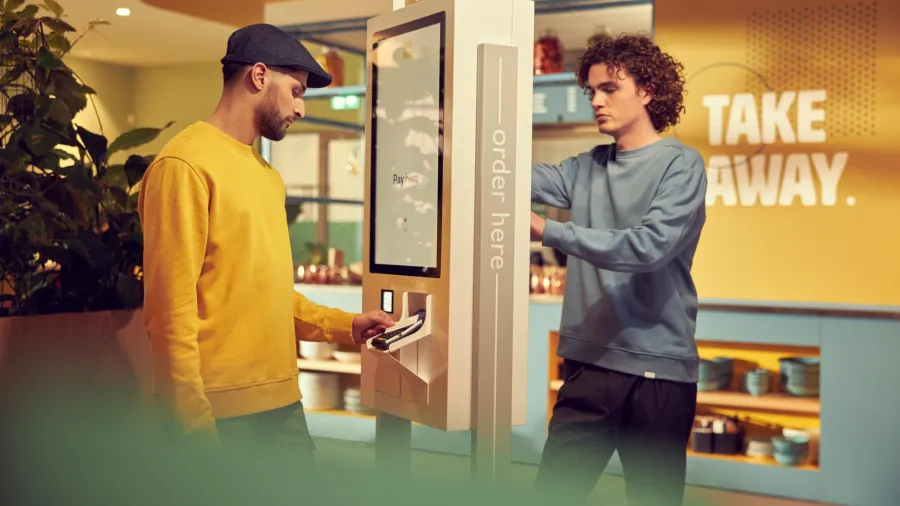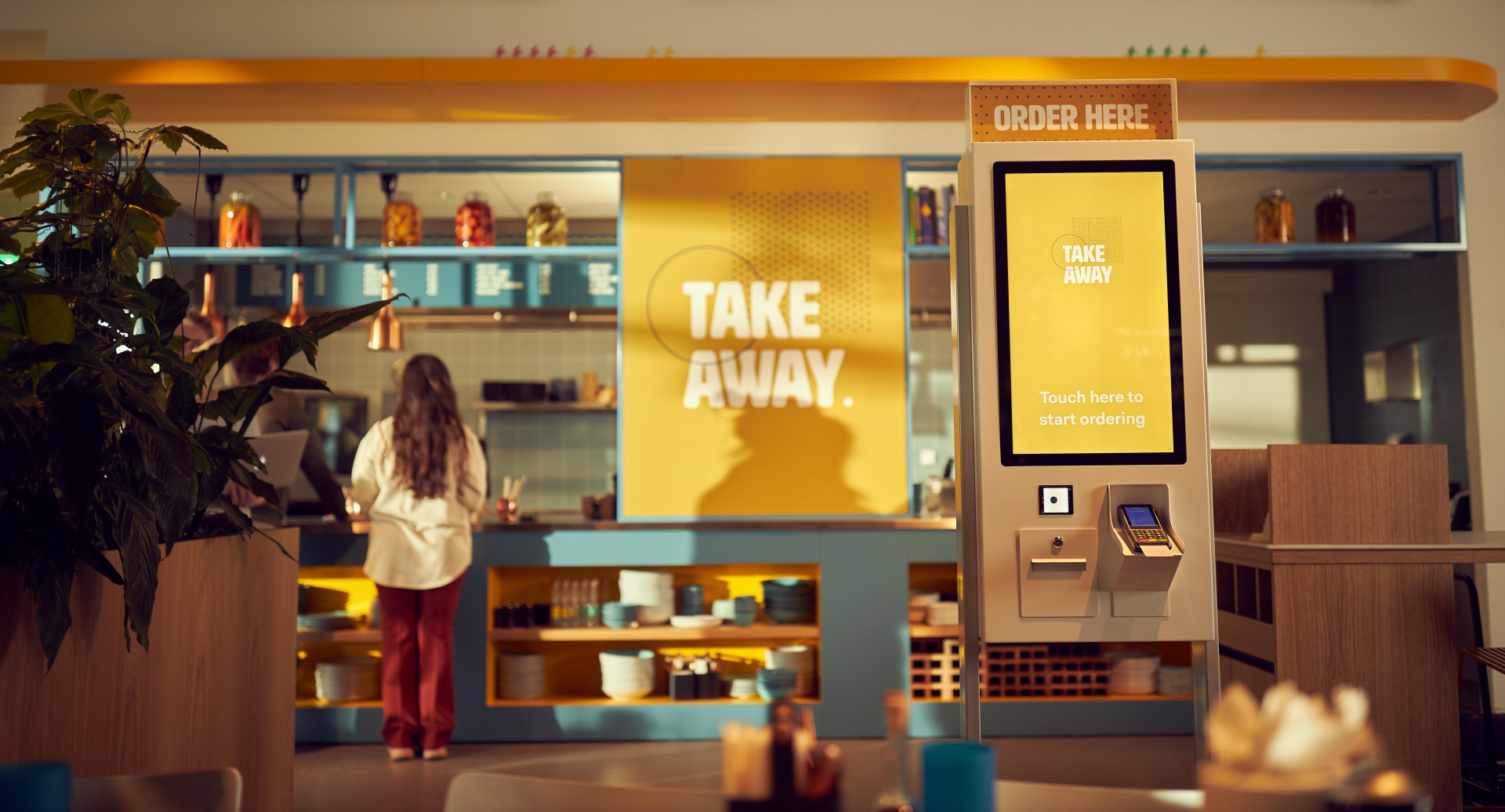
The changing landscape of QSRs - shift to contactless
Investing in technology helps QSRs stay ahead of the curve.
No trend has been more prevalent in the last two years than the move towards a more digital and contactless customer experience, and the quick service restaurant (QSR) industry is no exception.
The rise of technology in QSRs is nothing new. Drive-thrus have been around for decades, and self-service ordering kiosks have become increasingly common in recent years. However, the COVID-19 pandemic has accelerated the trend towards digital and contactless ordering and payment options.
Whether it’s ordering ahead for pick-up or delivery, ordering and paying by app, or using contactless payment methods like Apple Pay or Google Pay, customers are increasingly expecting a more seamless, contact-free experience when they visit their favourite QSRs.
A digital relationship with food

Photo credit: Adyen
Food is one of the most intimate things we share as human beings. We have a long-standing relationship with food that is both physical and emotional. This is why the restaurant industry has been so successful in turning the simple act of eating into a multi-billion dollar global industry.
The pandemic has further changed the way we interact with food. We are now more conscious of the risks associated with handling food and coming into contact with other people. This has led to a shift towards contactless ordering and payment options in QSRs.
According to a blog post by Adyen, QSRs have had to rethink their customer experience in order to adapt to the new reality of the pandemic. From installing kiosks to facilitating curbside pick-ups and delivery, QSRs are changing the way they operate in order to continue serving their customers.
In Australia, Adyen discovered that 29% of consumers would prefer a serverless dining experience, where they can order and pay at the table using technology. Particularly, 38% of respondents said they would be happy to rely on self-service technology in restaurants, bars, and cafes.
The trend towards contactless ordering is not limited to dining experiences. 24% of Australians expect most in-store experiences to be contactless, and 28% of Australians used take-away apps such as Deliveroo and Uber Eats more during the pandemic than they did previously.
Loyalty in the new normal
The pandemic has not only forced QSRs to re-think their customer experience, but to also transform their loyalty programs. In the new normal of social distancing and contactless ordering, QSRs need to find new ways to engage with their customers and build loyalty.
Adyen found that 29% of Australians would be more loyal to QSRs that use technology to make the dining experience quicker and more convenient. For example, loyalty programs that offer discounts and rewards for contactless ordering are likely to be more successful in the new normal.
Furthermore, QSRs can capitalise on the relationships they've built with customers during the pandemic. By building loyalty with contactless ordering, QSRs can create a more seamless customer experience that will keep customers coming back, even after the pandemic is long gone.
Unique opportunities for QSRs
With the world now attempting to move towards a new normal, QSRs can take their contactless customer experience to the next level. By leveraging the unique opportunities that the current climate presents, QSRs can solidify their place in the post-pandemic landscape.
Data from Adyen shows that 54% of QSRs say they will continue to offer contact-free experiences such as click and collect, curbside pickup, and in-store kiosks following the pandemic.
Furthermore, a shift to contactless and digital orders and payments will allow QSRs to collect more data about their customers, which can be used to personalise the customer experience and offer targeted loyalty rewards. Not only that, they can unify the customer experience across channels, providing a consistent experience whether customers are ordering online, in-app, or in-store.
For QSR operators, the move towards contactless orders and payments provide an opportunity to differentiate themselves from the competition. By investing in technology that makes the customer experience more seamless and convenient, QSRs can build loyalty and repeat business.






















